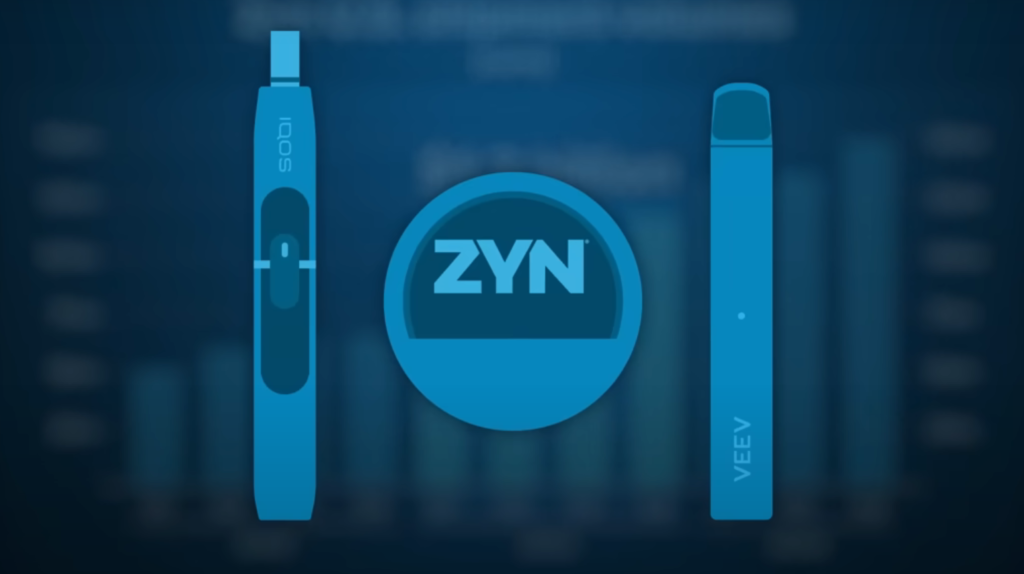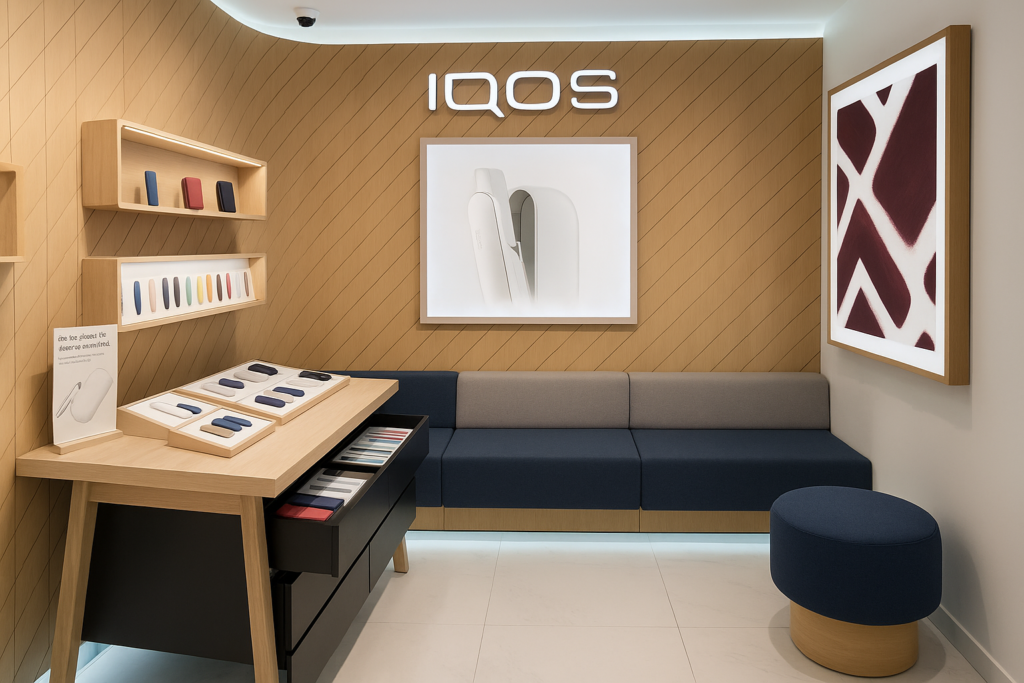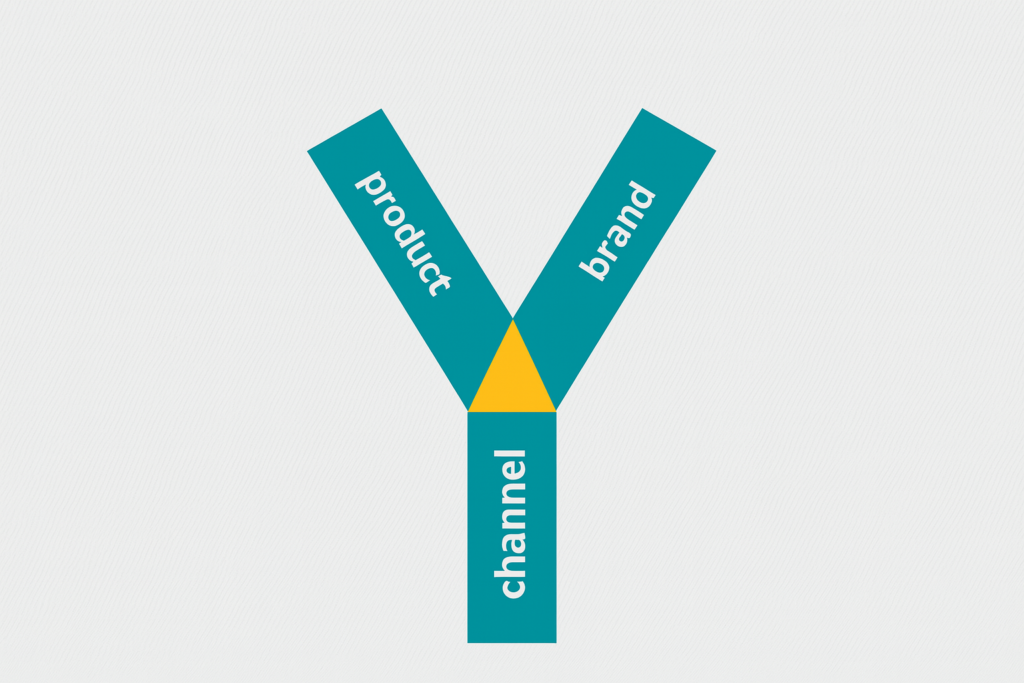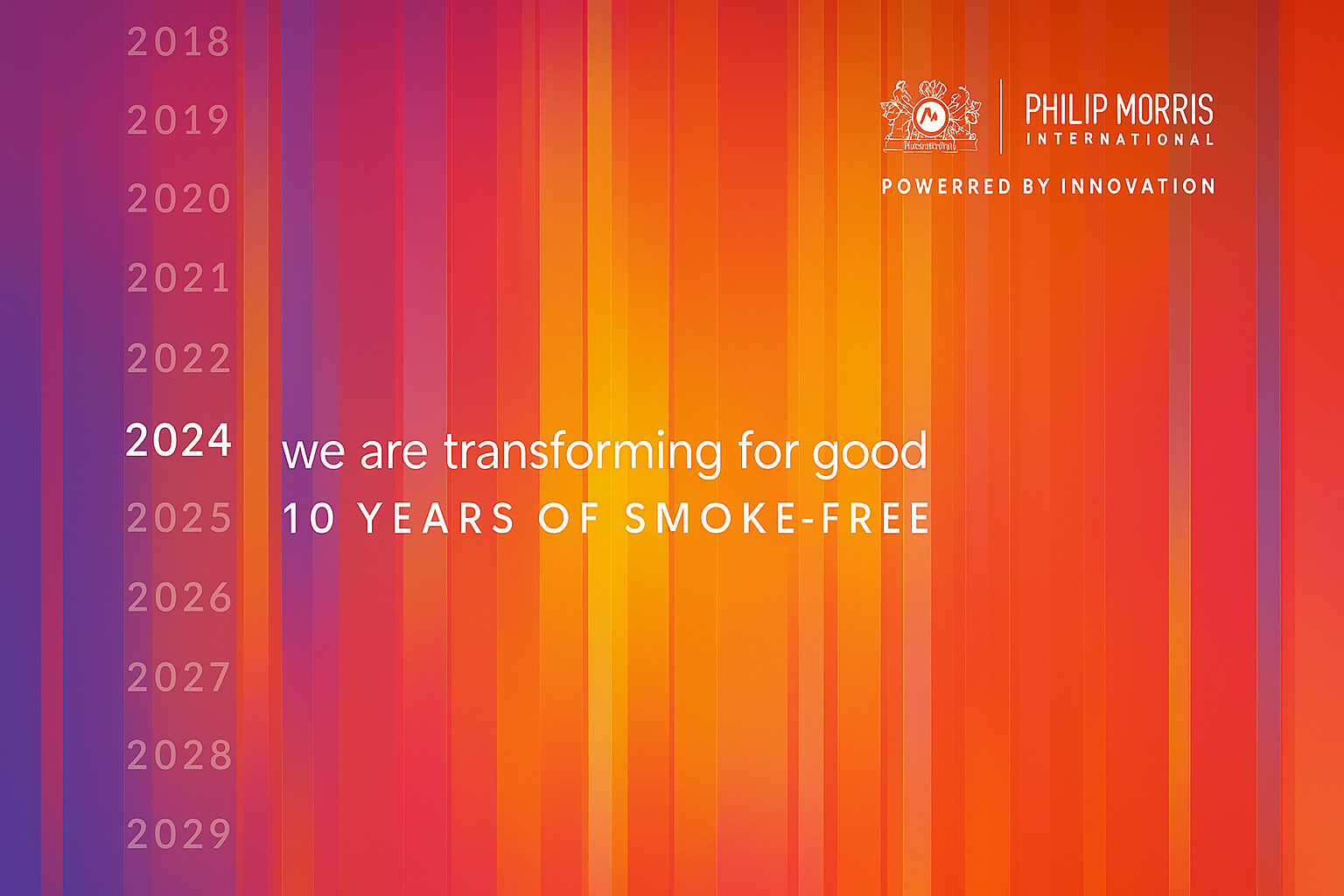Here’s what matters: Philip Morris International just proved that even the most controversial industries can reinvent their customer relationships. After investing over $14 billion since 2008, they’ve turned 38.6 million smokers into users of smoke-free alternatives, generating 39% of their revenue from products that didn’t exist a decade ago.
This isn’t just another corporate transformation story. It’s a masterclass in customer experience strategy that every CX professional should study.
When your entire industry becomes the enemy
Picture this: You’re running a company that everyone wants to see disappear. Governments are banning your products, public health advocates are calling for your demise, and your customers are literally trying to quit using what you sell.
Most companies would panic. Philip Morris International decided to help their customers quit.
“With the debut of IQOS, we launched PMI’s vision of a smoke-free company, creating an opportunity to solve the problem of smoking,” said CEO Jacek Olczak. “Every day, IQOS demonstrates its potential for this, as evidenced by the approximately 22 million adults around the world who have fully switched to it and stopped smoking.”
Let that sink in. They’re celebrating helping customers abandon their core product.
The customer-first pivot that changed everything
In 2008, while competitors were fighting regulation and denial, Philip Morris made a radical choice. They decided to listen to what customers really wanted: a way to satisfy their nicotine needs without the health risks of combustion.
This wasn’t market research. This was survival disguised as innovation.
Since 2008, PMI has invested over $12.5 billion to develop, scientifically substantiate, and commercialize innovative smoke-free products for adults who would otherwise continue to smoke, with the goal of completely ending the sale of cigarettes.
Think about your own CX strategy. When was the last time you invested billions in making your primary product obsolete?
Three products, one ecosystem

Philip Morris didn’t just create alternatives. They created an entire customer ecosystem:
IQOS (heated tobacco): The flagship product that heats tobacco without burning it. 32.2 million users globally have made the switch.
VEEV (e-vapor): VEEV is a top 3 pod brand in 13 European markets (holding the #1 position in 5 markets, including Italy, Romania and Czech Republic) with advanced ceramic heating technology.
ZYN (nicotine pouches): The long-awaited U.S. FDA authorization of all ZYN nicotine pouches currently marketed in the U.S. is further evidence of the compelling science supporting smoke-free products, according to CEO Olczak.
Each product serves different customer needs, preferences, and usage occasions. It’s not one-size-fits-all. It’s customer-centric design at scale.
The day I realized we were in the business of helping people quit our product
Here’s the truth: I spent two years as Head of Customer Experience at Philip Morris France, from May 2019 to August 2021, watching our company do something unprecedented. We invested millions in helping customers abandon cigarettes for IQOS. I launched coaching programs, built customer journeys, and personally witnessed thousands of smokers make the switch.
This is the inside story of the most counterintuitive customer experience transformation I’ve ever seen.
When your boss tells you to kill your bestseller
My first week at Philip Morris France, my boss made something crystal clear: “We’re not here to sell more cigarettes. We’re here to make them obsolete.”
I thought it was corporate speak. It wasn’t.
By May 2019, Philip Morris International had already invested over $10 billion globally in smoke-free alternatives. But in France, we faced a unique challenge: French smokers are notoriously loyal to traditional cigarettes. Convincing them to switch would require more than marketing. It needed genuine customer experience innovation.
The brief was simple but radical: help smokers quit the products that built this company.

Building empathy for customers trying to quit
Here’s what traditional tobacco companies never understood: smokers don’t want to smoke. They want the ritual, the break, the nicotine satisfaction, minus the guilt and health concerns.
During my first three months, I spent time in our Paris IQOS boutiques, observing customer interactions. Customers weren’t buying a product. They were buying hope for a better relationship with nicotine.
“I’ve tried to quit fifteen times,” one customer told me. “This feels different. Someone finally understands I don’t want to quit nicotine. I want to quit burning tobacco.”
This hands-on experience taught me that customer experience transformation in controversial industries requires authentic empathy. Our customer service team evolved from order-takers to life coaches, and customers could feel the difference in every interaction.
The “Model Y” framework: when silos kill customer experience

Anthony Long, Philip Morris’s Global Head of Consumer Engagement, has spent five years developing what he calls the “Model Y” framework. It tackles an age-old problem that consumer product companies face: disconnected teams building disconnected experiences.
“You have product and product innovation happening sort of independently of what the market’s looking for,” Anthony explained during our interview. “Then you have the brand focused on building an ownable identity that has historically been company out to people rather than people to companies.”
His solution? Unite all three at the intersection point where customer experience happens.
“The consumer experience happens where you have the brand and the product and the channels and where they meet,” Long said. “The idea is if you unify these three parts of the business and you have them operating as a unified whole, your 1 + 1 starts to equal 3. Your 2 + 2 really starts to equal 6.”
From theory to reality: proving the concept
Anthony’s framework wasn’t born from corporate theory but from real consumer behavior insights. He discovered something startling through data analysis that completely changed how his team approached customer engagement.
The insight revealed that customer behavior often happens in ways companies never expect, leading to breakthrough moments in product positioning and channel strategy.
The results speak volumes
The numbers tell a story that should make every CX professional take notes:
- 38.6 million adults using their smoke-free products as of March 31, 2025
- Smoke-free products account for 38% of the company’s net revenues in Q3 2024, up from practically 0% in 2014
- 72 percent of heated tobacco users have switched completely and stopped smoking
In Japan, where IQOS launched first in 2014, cigarette-smoking prevalence dropped 46% from 19.6% of all adults to 10.6% in 2022.
That’s not just business transformation. That’s public health impact through customer experience design.
Making it work across 95 markets: from theory to execution
Implementing the “Model Y” framework across PMI’s 95 markets isn’t just about beautiful theory, it’s about practical execution. Long explained how they manage this complexity:
“Product comes from centrally. The markets aren’t developing their own product,” he said. “What comes from central is a strong base campaign that is aligning these three interests so we can explain to them: here’s where your investment should be, and here’s where your investment shouldn’t be.”
The key insight? Adaptation without losing alignment. Different markets require different approaches, but the core framework remains consistent.
At PMI, they’ve organized work streams behind squads where product development, brand, and customer experience teams come to the table together. “Each of the work streams has somebody responsible from product, somebody responsible for brand, somebody responsible from CX, and those people are empowered to make decisions,” Antony Long explained.
Breaking down the silos that kill innovation
The transformation required more than new frameworks. It required changing how teams work together. Anthony Long emphasized the importance of discovering “intentional misuse” – when customers use products for entirely different purposes than intended.
“If you put brand and channel alongside product, you’re gonna get to that realization faster,” he said. “Then you can pivot and take advantage of that marketplace that existed already that you weren’t even thinking about.”
What CX professionals can learn from the tobacco transformation
Philip Morris’s transformation, validated by Long’s “Model Y” insights, offers five key lessons for customer experience professionals:
1. Listen to the real problem, not the obvious one Anthony’s late-night search discovery shows that customer behavior often contradicts assumptions. Sometimes the best CX strategy requires understanding the unspoken needs.
2. Invest in the long game 14 billion dollars over 16 years. “The company’s actions speak very loudly for its intentions,” Anthony Long noted. “It’s not just lip service. You can see what they’re doing. They’re really putting their money where their mouths are.”
3. Build ecosystems, not products “Channels are the pathway to the consumer,” Anthony emphasized. IQOS isn’t just a device – it’s retail experiences, digital platforms, customer support, and community building working as a unified whole.
4. Break down silos with purpose “The only way to get people convinced is to show them,” Long advised. Start small, prove the concept works, then scale. “Show them on one small project, it works.”
5. Trust builds transformation For CX professionals in any industry facing disruption, Anthony’s advice is clear: “It’s really all about building trust within so that then you have enough qualified brains and ears to trust what’s happening outside. Get the right people inside so that you can then listen and react positively to what’s happening on the outside.”
The CX professional as strategic driver
Long offered a powerful perspective on the CX role in transformation: the customer experience professional must become the navigator who identifies where new pathways need to be built. This transforms CX from support function to strategic driver – what Long calls “channel innovation.”
The bigger picture: when transformation becomes survival
Philip Morris International proves that customer experience transformation is possible in any industry, no matter how challenging the circumstances.
The numbers validate this commitment: “By the end of 2024, our efforts to expand access to smoke-free products allowed us to reach an estimated 38.6 million adult users, with the products available in 95 markets,” CEO Olczak reflected.
But the most powerful insight comes from Anthony’s perspective on what drives real transformation: “Most startups are really focused on product, but a large company needs this framework even more. There’s more at stake with a smaller company because they can go out of business in six weeks, but they need good practices early so they can really capture what’s happening in the market and capitalize on it.”
For CX professionals, the lesson transcends industry boundaries: transformation requires courage to challenge your own business model, patience to invest in long-term outcomes, and the wisdom to put customer needs above short-term profits. Most importantly, it requires breaking down the silos that prevent teams from working together toward shared customer outcomes.
The tobacco industry’s most successful transformation happened when a company decided to help customers quit their product, supported by a framework that unified product, brand, and channels around customer needs. What transformation is your industry avoiding that could become your competitive advantage?
This article explores Philip Morris International’s customer experience transformation based on their public statements and financial reports. Personal insights reflect the author’s experience as Head of Customer Experience at Philip Morris France from May 2019 to August 2021. The company’s smoke-free products are not risk-free and are intended for adults who would otherwise continue smoking.





